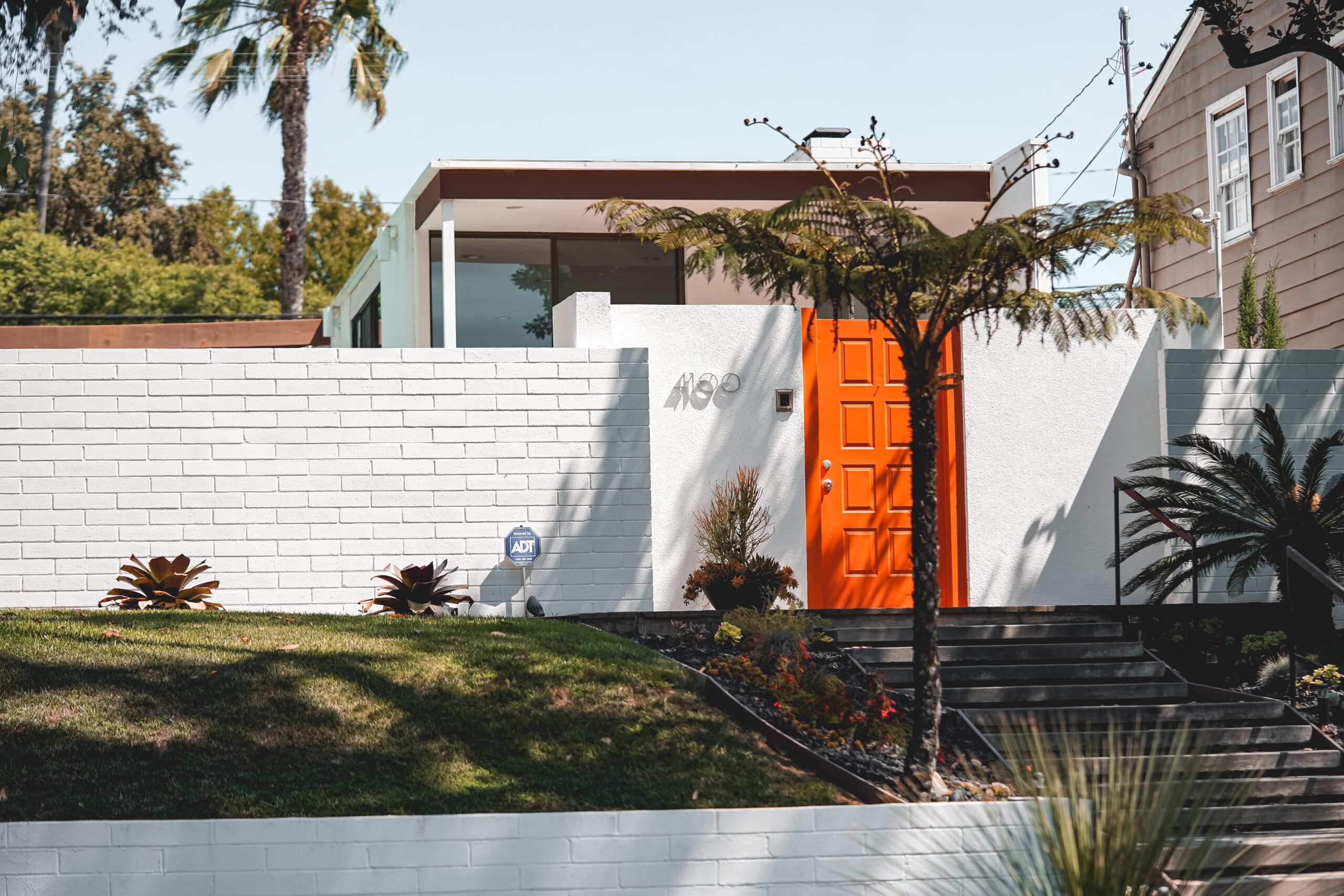How to Design a Low-Maintenance Landscape for South Carolina Homes
For homeowners in South Carolina, where the climate can be hot and humid, designing a low-maintenance landscape can be a game-changer. With the increasing number of homes being sold (a 7.8% rise), many homeowners are looking for landscaping options that enhance their property without requiring hours of upkeep each week. This blog will guide you through the best practices and strategies for creating a beautiful, low-maintenance yard in South Carolina.
Why Low-Maintenance Landscaping?
Low-maintenance landscaping isn’t just about reducing work; it’s about creating a sustainable, resilient space that thrives with minimal human intervention. In South Carolina’s climate, plants that can withstand heat, humidity, and occasional droughts are key. The more your landscape can take care of itself, the more time you’ll have to enjoy it, and the more appeal it will have to future buyers.
Choosing Native and Drought-Resistant Plants
A crucial element of a low-maintenance landscape is choosing the right plants. Native species are ideal, as they’ve adapted to the local climate and soil conditions. Drought-tolerant plants are also important, especially during the hotter summer months when water conservation becomes a priority. Some of the best low-maintenance plants for South Carolina include:
- Sweetgrass: This native grass is known for its resilience and its stunning appearance in the fall. It requires minimal watering and thrives in the heat.
- Lantana: A hardy, drought-resistant plant that blooms vibrant colors throughout the summer, Lantana is perfect for adding color without needing constant attention.
- Yaupon Holly: This evergreen shrub is perfect for borders or hedges. It’s highly drought-tolerant and requires little pruning.
These plants not only reduce the need for watering but also require little pruning or fertilizing, making them excellent choices for low-maintenance gardens.
Hardscaping and Mulching
Another key strategy is to reduce the amount of lawn area that requires mowing, fertilizing, and watering. By incorporating hardscaping features like patios, walkways, and gravel paths, you can create functional spaces that don’t need regular care. Stone, gravel, and pavers are excellent options for South Carolina’s climate because they’re durable and low-maintenance.
Mulching is another effective way to reduce maintenance. A thick layer of mulch around plants can help retain moisture, suppress weeds, and regulate soil temperature. Organic mulches like pine straw or bark are not only functional but also enhance the visual appeal of your garden.
Automated Irrigation Systems
Investing in an automated irrigation system can save time and ensure that your plants get the right amount of water. In South Carolina’s warm climate, drip irrigation systems are particularly effective, as they deliver water directly to the plant roots, reducing evaporation and ensuring more efficient water use.
Group Plants by Water Needs
One of the smartest ways to create a low-maintenance landscape is to group plants by their water needs. This technique, known as, allows you to water more efficiently by focusing irrigation on areas that need it most. Grouping drought-tolerant plants together in one section and more water-dependent plants in another helps ensure that no part of your garden is over- or under-watered.
By following these tips, you can design a landscape that enhances your home’s curb appeal and value while allowing you to spend more time enjoying your outdoor space rather than maintaining it.

